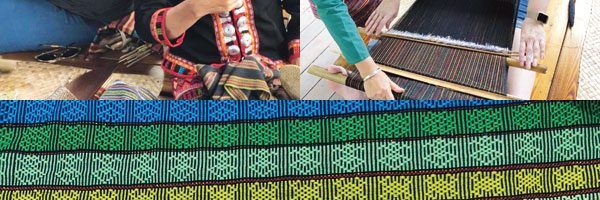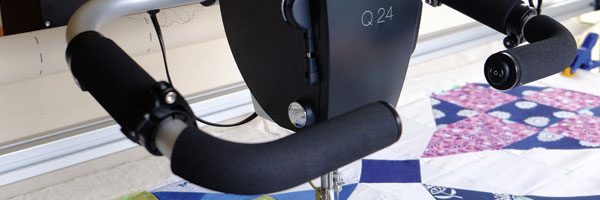
How Did She Do That? 5000 Trees by Cindy Watkins
Words by Casey Ioannou Photographs by Cindy Watkins
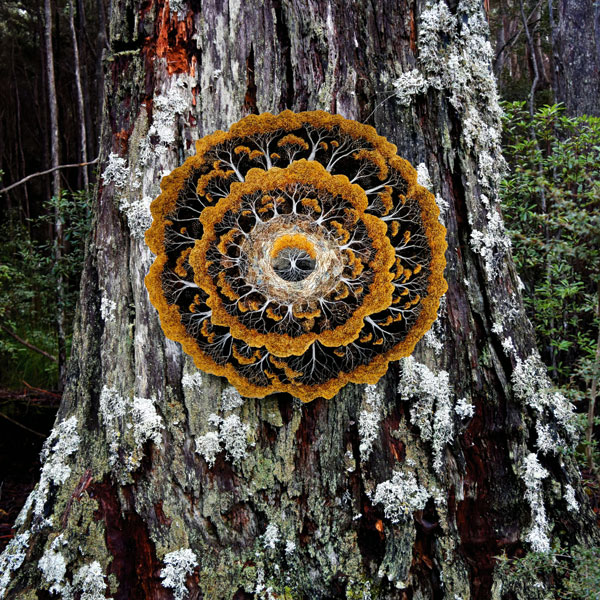
Textile artist Cindy Watkins has always been intrigued by the magic of nature and has had a fascination with trees from a young age. “One of my earliest memories is going with my dad into the forest when I was very young,” Cindy recalls. “It was like a magical world of dappled light, rich, clean smells, and strange and wondrous plants and animals. Every tree I stitch takes me back there.” Cindy was introduced to sewing by her grandmother, then her mother introduced her to quilting. She didn’t have a real interest in patchwork until 11 years ago, when she saw a project by art quilter Helen Godden in a magazine, which sparked her interest in art quilting.

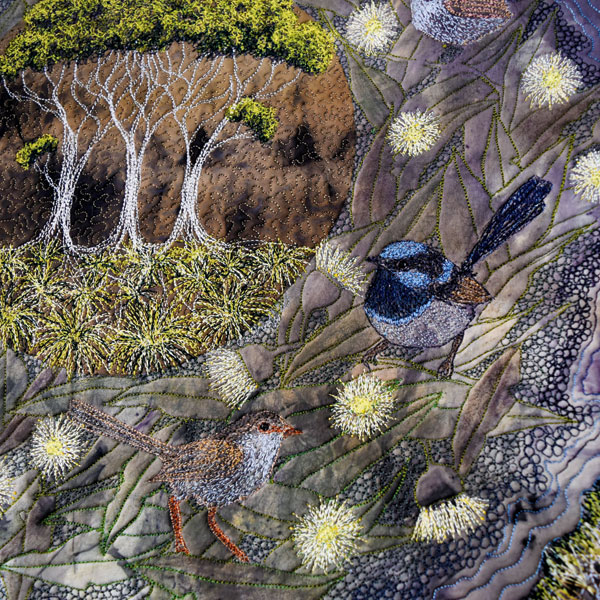
The 5000 Trees project explores the complex life of one of our planet’s most valuable resources through artistic quilting. Cindy also discovered The Hidden Life of Trees by Peter Wohlleben, a book that explores scientific research on how trees communicate, support and nurture each other. This concept formed the foundation for the 5000 Trees project. After reading another book, Art, Money, Success, by Maria Brophy, Cindy was introduced to the concept of using art for business and was intrigued by the experiences of an artist who set a goal to paint 10,000 Buddhas. “I thought I would go a little more conservative and set a goal to stitch 5000 trees,” she explains, “and the 5000 Trees project was born.”
The project has allowed Cindy to hone her artistic focus to develop her unique style. “I have already found it greatly beneficial to focus on one theme, as ideas continually pop up about ways I can do things better,” she explains. She draws a lot of inspiration for her projects from the environment around her and credits her unique surroundings as a contributing factor to her design aesthetic. “I am very blessed to live in the highlands of Tasmania and have an amazing patch of beautiful rainforest growing right at my back door,” she says.
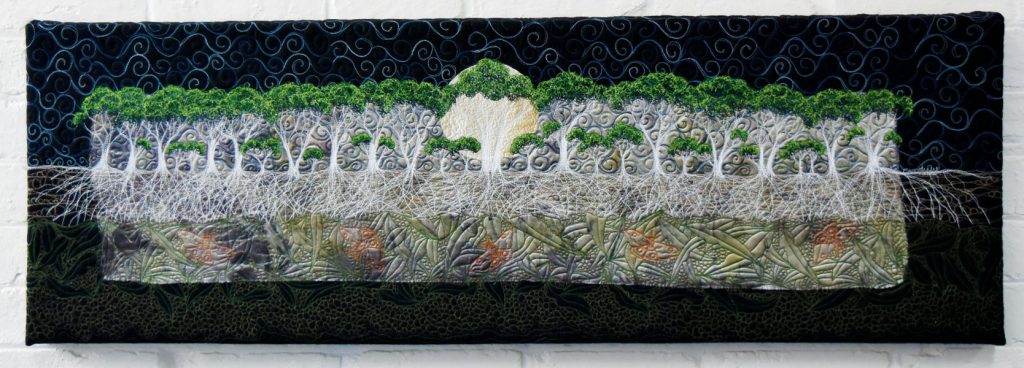
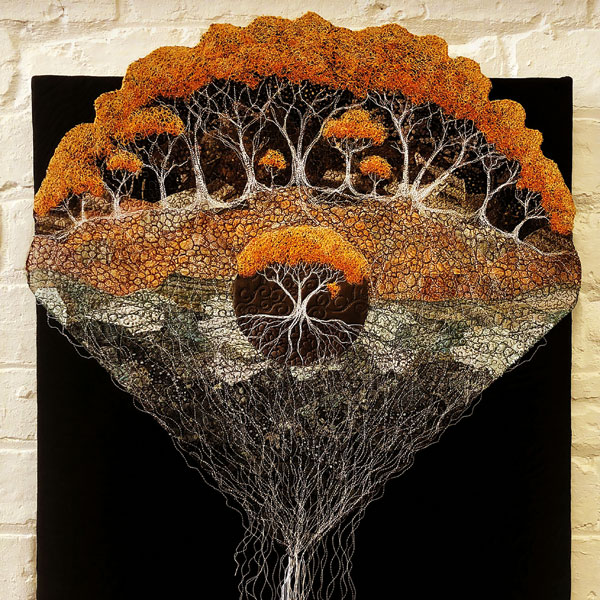
The beautiful surrounds she calls home serve more than just inspiration for Cindy’s work; they also provide some of the materials for her projects. “I collect leaves from the forest floor, which I use to naturally dye the silk I use in my work,” Cindy explains. A combination of freestyle quilting and embroidery is then used to bring the artworks to life, each piece having a unique look and feel. While Cindy does pre-sketch ideas that come into her mind, the design process for her projects is very organic. “With a lot of my work, I just start stitching and see what happens,” she says. “Sometimes what I think I am going to create turns into something completely different.”


Cindy loves textile artwork, and teaching herself free-motion embroidery enabled the flexibility to make her work truly unique. “Textile artwork is much more tactile than a painting,” Cindy explains. “You get to experience it more than your visual scenes.”
The 5000 Trees project not only allows Cindy to express herself as an artist, but also contributes to environmental awareness and protection. For every project that is sold, a donation is made to Landcare Tasmania. “I wanted to contribute to the protection and improvement of the environment by doing what I love,” she says.
To find out more about Cindy and her projects, visit her website at www.thetextileartist.com or visit Facebook www.facebook.com/thetextileartist.

